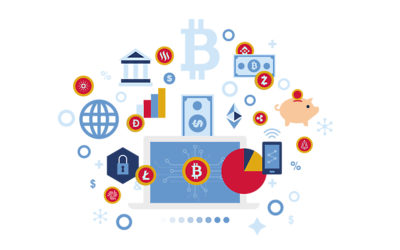A cryptocurrency is a digital or virtual currency. The currency is encrypted (secured) using cryptography to secure financial transactions, create additional units, and verify the transfer of assets. In contrast to fiat currency and central banking systems, many cryptocurrencies are decentralised systems based on blockchain technology.
Cryptoassets represent a seismic shift in the financial markets and, in recent years, have grown in popularity. The technological advancements behind cryptoassets have come a long way and have the potential to disrupt the financial system as we know it. Central banks and other financial institutions can play a key role in shaping this landscape. However, this global phenomenon is creating confusion on multiple levels i.e. how individual cryptoassets differ from one another and the role of the major participants in the cryptoasset ecosystem. With the buzz around bitcoin, altcoins, cryptocurrencies and tokens, a whole new financial ecosystem has been created.
As more and more institutions operating across the capital markets grapple with the implications of cryptoassets, the fees and regulatory uncertainty remain a concern for traders as cryptoasset marketplaces continue to broaden the range of fiat currencies to support. This whitepaper explores the taxonomy of cryptoassets, market participants and the current capital market landscape.
Contents:
Introducing Cryptoassets
- Taxonomy of Cryptoassets
- Convertible Virtual Currency Products
- Utility Tokens
- Digital Security
- Stablecoins
Major Cryptoasset Participants
- Exchanges
- Miners
- Banks
- Custodians
Cryptoasset Capital Market
- Cryptoasset-only Market
- Centralised Exchanges (CEXs)
- Decentralised Exchanges (DEXs)
- Fiat-supporting Market
- Exchange Traded Products
- Over-the-Counter (OTC) Market



